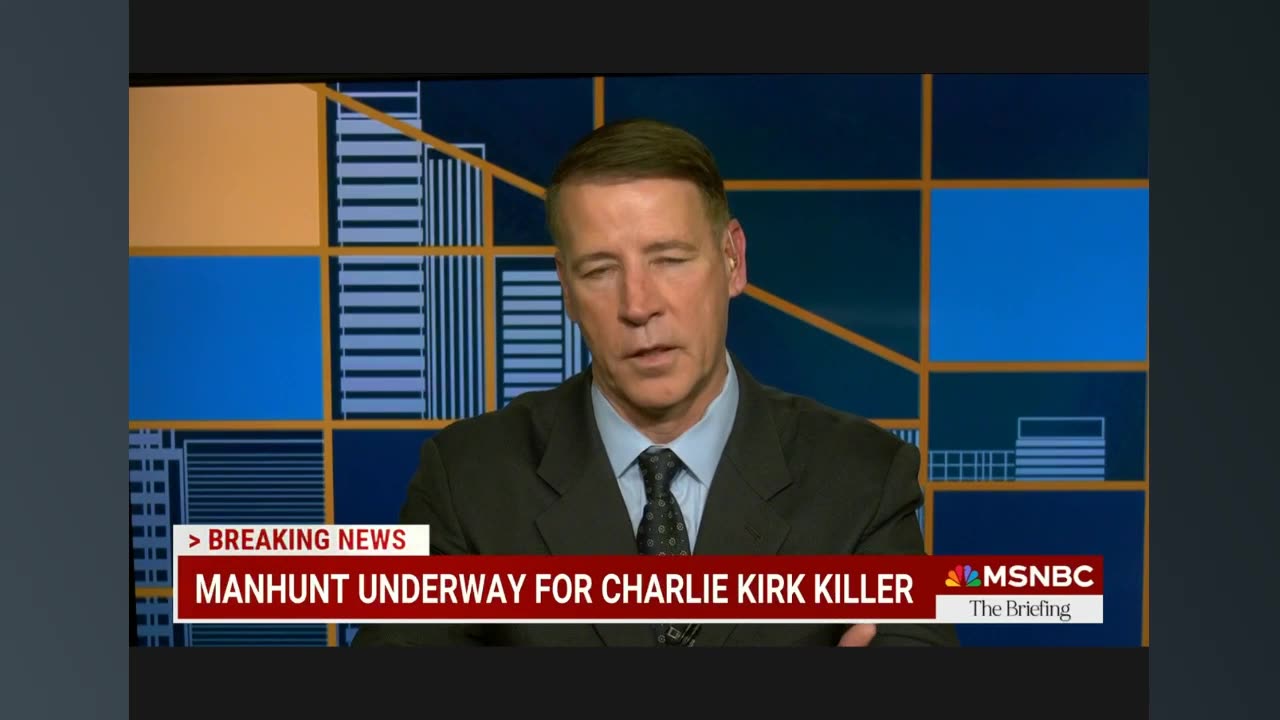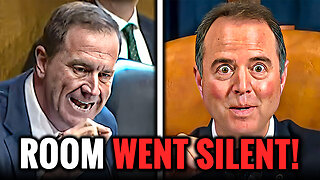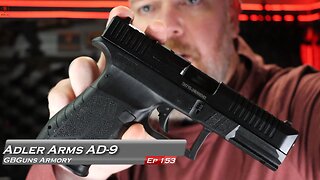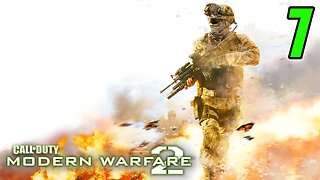Premium Only Content

Former FBI Official On MSNBC Calls Charlie Kirk Assassination Shot “Pretty Easy”
On MSNBC, Jen Psaki asked former FBI counterterrorism executive, Christopher O’Leary, what level of skill was needed to kill Charlie Kirk. The exchange went like this:
Jen Psaki:
“One of the things that has been jarring. There has been a lot of jarring and horrifying things about this is — as we’ve talked about it today — but one of them is that the fatal shot was reportedly fired from over 500 feet away. And we’ve been kind of showing this visual to help the audience understand. That’s about one and a half football fields away, if we’re doing our math correctly. Does that provide, I mean, any insight into the nature of the shooter’s abilities, or what level of skill that would have been required to fire one fatal shot at that distance?”
Christopher O’Leary (Former FBI):
“Yeah, unfortunately, I’m gonna tell you it’s not that difficult of a shot. Um, it does suggest that this was done with a long rifle. A rifle, a handgun is effective out to about 75 yards with a really qualified shooter. Um, but anybody with some basic capabilities who knows how to sight in a rifle — whether it’s an AR-15 platform or some kind of bolt action rifle — um, that shot is unfortunately pretty easy if you have some basic skills.
But the concern is, what’s the ideology and what’s the driver for this violence? And are they going to continue to carry it out? Was this the only target, or is this part of some broader movement of political violence?”
Why This Was Not Easy
Tiny target window: A neck strike is very narrow and unforgiving. Miss by just a couple of inches and you hit the shoulder, the jaw, or nothing at all.
Critical structures: Even within the neck, only certain spots cause an immediate fatal result — the carotid arteries, jugular veins, spinal cord, or trachea. Hitting one of those requires extreme precision.
Down-angle ballistics: Shooting down from a rooftop changes the bullet’s impact point compared to the line of sight. Without practice at angled shots, rounds often land high or low.
Awkward firing position: Rooftops rarely provide a stable spot to shoot from. Railings, roof pitch, or equipment can force awkward body positions that reduce stability.
Urban wind and turbulence: Rooftops create swirling, inconsistent wind. Even small gusts can push a bullet off a target the size of a neck.
Lighting and sight picture: Stage lights, shadows, and background clutter make it harder to see clearly. Glare or parallax in a scope can throw off the shot.
Cold bore shot: The very first shot from a rifle often lands in a slightly different spot than the ones that follow once the barrel warms up. Getting a fatal neck hit on that very first shot shows the shooter knew their rifle and had more than just basic skills.
Stress and pressure: Under real stress, most people’s aim gets worse unless they have trained for it.
Range vs. reality: Shooting at a calm gun range is not the same as a live event. Without training for those conditions, accuracy falls apart.
Crowd deconfliction: Making sure no bystanders are hit limits the firing window and raises the difficulty.
Planning and discipline: Picking a rooftop, timing the shot, and having an escape route ready — then making the first round count — shows planning and discipline, not “basic” ability.
Bottom line: Calling a precise neck shot from over 500 feet away “pretty easy” ignores physics, physiology, and real-world constraints. It was a deliberate, high-precision kill — not a casual trigger pull.
CDM described the Kirk assassination as showing signs of a state-actor hit — advanced planning, rooftop vantage point, and a disciplined escape. That’s a far cry from “anybody with basic skills.” https://cdm.press/news/national/2025/09/11/this-was-a-state-actor-hit/
Why Would a Former FBI Official Call It “Pretty Easy”?
When a former FBI counterterrorism executive like Christopher O’Leary tells viewers that the fatal shot on Charlie Kirk was “pretty easy if you have some basic skills,” it raises a bigger question: why minimize it?
To reassure the public: Downplaying the shot prevents people from thinking a professional assassin is on the loose.
To steer the narrative: Framing it as something “anyone with basic skills” could do shifts focus away from questions of professional training or coordination and onto ideology, “radicalization,” and lone-wolf explanations.
To control suspicion: Calling it “pretty easy” discourages speculation about state actors, military-trained operatives, or deeper planning.
To align with the media frame: The segment moved quickly from mechanics to the “driver of the violence” (ideology), fitting MSNBC’s preferred framing.
The real question isn’t whether the shot was easy. It’s why a former FBI insider went on national television to tell the public it was.
-
 35:51
35:51
Athlete & Artist Show
1 day ago $7.66 earnedIs Ryan Smith The Best Owner In The NHL?
33.8K4 -
 22:56
22:56
American Thought Leaders
2 days agoCharles Murray: I Thought Religion Was Irrelevant to Me. I Was Wrong.
25.7K6 -
 36:22
36:22
Brad Owen Poker
6 hours agoGIGANTIC $17,000+ Pot In BOBBY’S ROOM! TRAPPING Top Pro w/FULL HOUSE!! Big Win! Poker Vlog Ep 326
30.8K -
 3:53
3:53
NAG Daily
23 hours agoRUMBLE RUNDOWN: DREAM HACK SPECIAL W/Greenman Reports
22.1K6 -
 1:28
1:28
Damon Imani
2 days agoThey Laughed at Trump’s Cognitive Test — Damon Made Them REGRET It!
32.4K12 -
 9:14
9:14
Freedom Frontline
1 day agoAdam Schiff PANICS As Eric Schmitt Exposes His Dirty Lies LIVE
21.4K36 -
 10:32
10:32
GBGunsRumble
1 day agoGBGuns Armory Ep 153 Adler Arms AD-9`
14.3K2 -
 35:53
35:53
Degenerate Plays
5 hours ago $0.54 earnedRuckus Randy And Repair Ronald (Socks On) - Call of Duty: Modern Warfare 2 (2009) : Part 7
9.25K1 -
 38:35
38:35
Stephen Gardner
1 day ago🔥What JUST leaked out of Congress. PROVES Trump RIGHT!!
102K141 -
 LIVE
LIVE
Total Horse Channel
18 hours ago2025 IRCHA Derby & Horse Show - November 2nd
61 watching